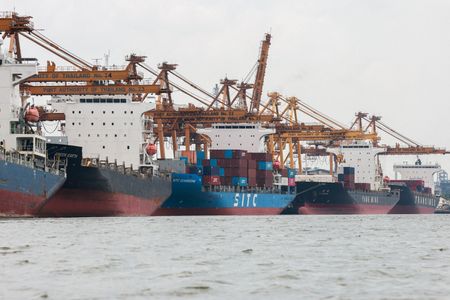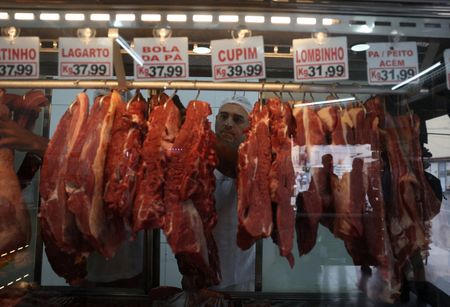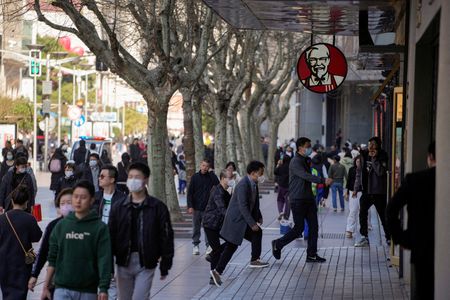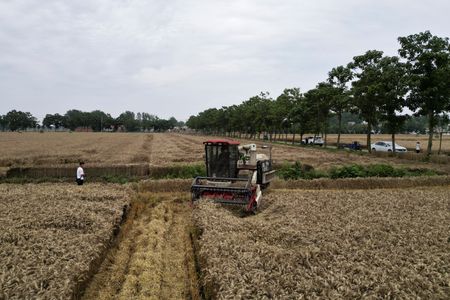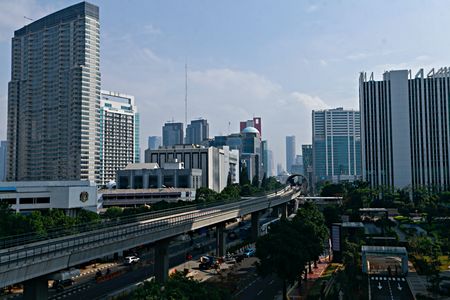By Thanadech Staporncharnchai and Orathai Sriring
BANGKOK (Reuters) – Thailand’s export growth came in slightly ahead of expectations in April as shipments to the United States surged, but the commerce ministry warned on Monday of challenges from U.S. tariffs later in the year.
Exports rose 10.2% in April from a year earlier, the ministry said, compared with a 9.1% increase forecast in a Reuters poll, and following March’s 17.8% rise.
The growth in exports, a key driver of the economy, should continue this quarter, Poonpong Naiyanapakorn, head of the Trade Policy and Strategy Office, told a press conference, but the ministry also said tariffs would be a risk to the sector in the second half of the year.
Thailand faces a 36% U.S. tariff if a reduction cannot be negotiated with Washington before a moratorium ends in July. The United States has set a 10% baseline tariff for most nations while the moratorium is in place.
Discussions with the U.S. Trade Representative have been positive, Commerce Minister Pichai Naripthaphan told the press conference, adding exports should remain “the hero” for the economy this year.
In April, exports to the United States, Thailand’s biggest market, jumped 23.8% from a year earlier, while shipments to China rose 3.2%. For the January-April period, exports increased by an annual 14%.
“Our exports have stronger fundamentals. We have more stable market distribution,” Pichai said, adding that in a worst-case scenario, exports should grow by more than 4% this year and beat a ministry target of 2% to 3% growth.
“Let’s not be too pessimistic,” he said, reiterating that he believed the economy would grow more than 2% this year.
At another event, Finance Minister Pichai Chunhavajira said the tariffs could see the economy stumble and grow just over 1% this year.
Those two outlooks sat around either end of the state planning agency’s recently lowered growth forecast of 1.3% to 2.3% for 2025. Southeast Asia’s second-largest economy expanded 2.5% last year, lagging peers.
Exports of computers and parts surged 75% in April from a year earlier, while shipments of agricultural goods declined 19.6%, with rice export volumes down 37.3% annually.
Imports rose 16.1% in April from a year earlier versus a forecast rise of 8.5%, which led to a larger-than-forecast deficit of $3.3 billion for the month.
(Reporting by Orathai Sriring, Thanadech Staporncharnchai, Chayut Setboonsarng; Editing by Martin Petty, John Mair)

